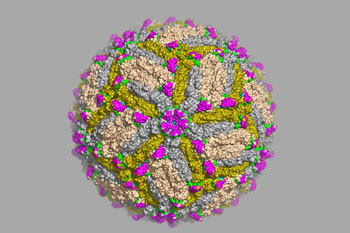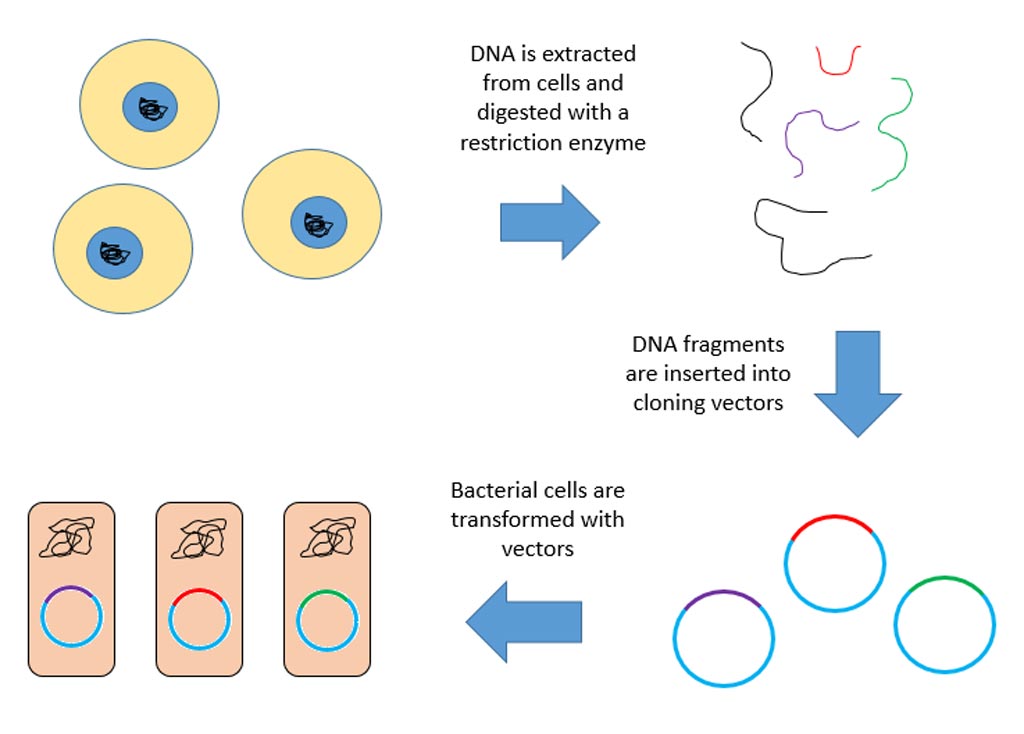Zika Virus RNA Detected in Tears of Infected Mice
By LabMedica International staff writers
Posted on 19 Sep 2016
Mice infected with Zika virus have been found to express viral RNA in their tears, which suggests the possibility that the disease may be transmitted via this route.Posted on 19 Sep 2016
Zika virus (ZIKV) infection causes severe eye disease characterized by optic neuritis, chorioretinal atrophy, and blindness in newborns and conjunctivitis and uveitis in adults. To better understand the relationship between the eye and ZIKV, investigators at Washington University School of Medicine (St. Louis, MO, USA) worked with recently developed mouse models of ZIKV infection.

Image: An enhanced image of the Zika virus based on cryo-electron microscope data (Photo courtesy of Dr. Daved Fremont, Washington University School of Medicine).
The investigators reported in the September 6, 2016, online edition of the journal Cell Reports that they were able to detect live Zika virus in the eyes of mice seven days after subcutaneous injection. ZIKV-inoculated mice developed conjunctivitis, panuveitis, and infection of the cornea, iris, optic nerve, and ganglion and bipolar cells in the retina. Abundant amounts of viral RNA were detected in the animals' tears, suggesting that virus might be secreted from lacrimal glands or shed from the cornea.
"Our study suggests that the eye could be a reservoir for Zika virus," said senior author Dr. Michael S. Diamond, professor of professor of molecular microbiology, pathology, and immunology at Washington University School of Medicine. "We need to consider whether people with Zika have infectious virus in their eyes and how long it actually persists."
"The Zika epidemic has been very explosive, more explosive than we can account for by just mosquitoes and the level of Zika virus in human blood. Some other factor may be at play," said Dr. Diamond. "Sexual transmission is probably not playing a major role, but it could be some other bodily fluid - saliva, or urine, or tears."
While the viral RNA detected in the mouse tears was not in itself infective, it has the potential to be developed into a biomarker for easier diagnosis of the disease.
Related Links:
Washington University School of Medicine













